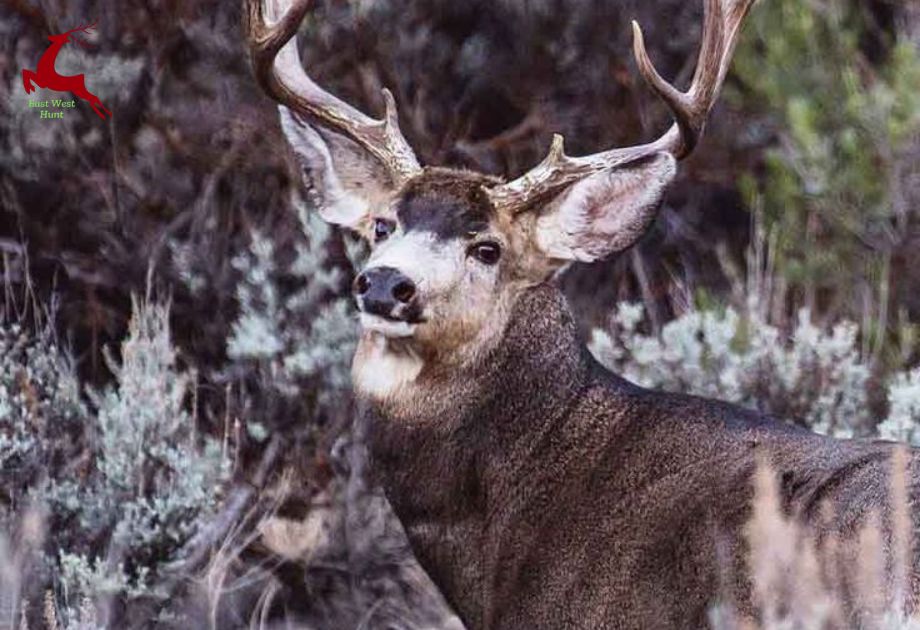Hunting mule deer in tough terrain can be challenging, but with the right knowledge and preparation, it’s possible to improve your chances of success. Whether you’re navigating steep hills, thick forests, or rocky landscapes, knowing the best techniques and tips can help make your hunt more successful. In this article, we’ll go over expert tips that can guide you through difficult terrains, ensuring a smoother and more enjoyable hunting experience.
Understand the Terrain
Before you even think about setting out for your hunt, it’s important to understand the kind of terrain you will be working with. Difficult terrains are usually made up of rocky hills, dense forests, or steep slopes. Mule deer are often found in areas that offer plenty of cover, like thick brush or areas with lots of trees. Understanding how the deer behave in these environments will give you a better idea of where to look and how to approach your hunt.
Use Maps and Technology
Modern technology is a great tool when hunting in difficult terrain. Using topographic maps or GPS apps can help you understand the lay of the land. This allows you to track your movement and spot areas that could be good for hunting. Additionally, some hunting apps show deer movement patterns, helping you plan your strategy.
Be Prepared Physically
Hunting in tough terrains requires physical endurance. The terrain might be rough, and you could be hiking uphill for miles or crossing rivers. It’s important to prepare your body for the physical demands of such a hunt. Train by hiking on uneven ground, carrying a weighted backpack to simulate the load you’ll be carrying, and practicing stamina exercises. If you’re not physically prepared, you might tire quickly, which could make your hunt less enjoyable and less successful.
Gear Up Right
Choosing the right gear is crucial when hunting in tough terrain. You need lightweight, durable equipment that can handle the challenges of rough landscapes. Make sure your boots are sturdy and comfortable, as you will likely be walking long distances. A good pair of hiking boots with ankle support is essential for protecting your feet and providing stability on uneven ground. A backpack that fits comfortably and can carry your gear without weighing you down is also important.
Bring Water and Snacks
In difficult terrains, water can be hard to find, and hunting can drain your energy quickly. Make sure to carry plenty of water and high-energy snacks. Staying hydrated and fueled will help you keep up your strength, especially when trekking through challenging areas. This is important for both your physical endurance and mental sharpness during the hunt.
Use the Wind to Your Advantage
Mule deer have an excellent sense of smell, and they rely on it to detect danger. One of the best ways to approach them without being detected is to use the wind to your advantage. When hunting in difficult terrain, pay attention to wind patterns and use them to hide your scent. Always approach deer from downwind if possible, so they can’t smell you coming. A good hunting strategy involves understanding wind shifts and staying ahead of them.
Stay Quiet and Move Slowly
In rough terrain, noise can easily give you away. The crunch of leaves or the sound of sticks snapping underfoot can alert deer to your presence. When hunting in tough conditions, it’s important to move slowly and quietly. Take your time, and be sure to step lightly. Try to avoid making unnecessary noises and always look ahead for obstacles or uneven ground that could cause you to trip.
Be Ready to Adapt
When hunting in difficult terrain, you might not always find the perfect spot or conditions you expect. Deer can move unexpectedly, and terrain can change quickly, especially in mountainous or heavily wooded areas. Being adaptable is key. If one approach doesn’t work, don’t be afraid to change tactics. You might need to adjust your position, switch to a different hunting spot, or even change the time of day you hunt.
Patience is Key
Hunting mule deer is not about rushing. In tough terrains, the challenge becomes even greater. Be patient and take your time. Deer often come out to feed or drink during specific times of the day, so it’s important to be at your location and ready during those peak hours. If you don’t see anything at first, don’t give up. Keep hunting with patience, and the right moment will come.
Conclusion
Hunting mule deer in difficult terrain requires a combination of preparation, skill, and patience. The terrain may be tough, but by understanding it, preparing physically, using technology, and adapting to changes, you can increase your chances of a successful hunt. Take your time, stay quiet, and always keep an eye on the wind. With these expert tips, you’ll be better equipped to handle any tough terrain that comes your way.

